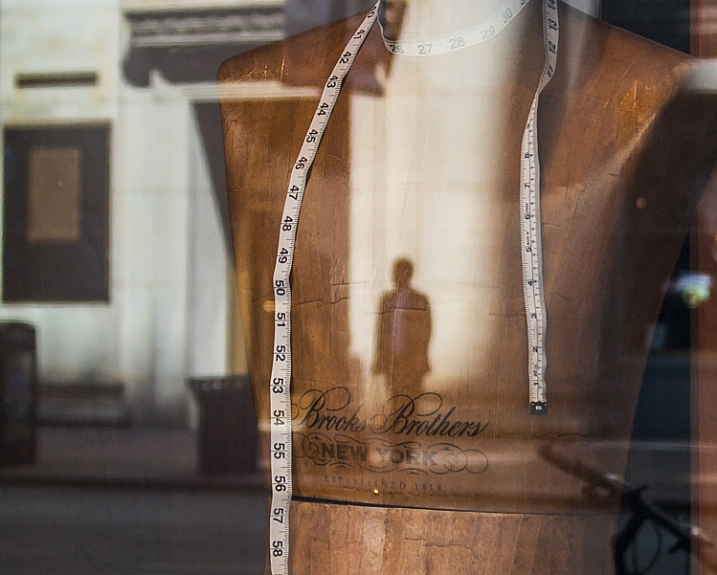
Probably the easiest question that I’m asked is, what is my favorite lens? Despite owning a sizeable collection of lenses for my Pentax K-7, the very first lens I ever bought, a Tamron 28-200mm was, and still is, my favorite lens.

I’m basically a street photographer, but I dabble in landscapes and animals from time to time. When traveling, and shooting on the streets, I carry one camera mounted with one lens, and seldom anything else. I remove the lens cap at the beginning of the day, and put it back on at night when I’ve finished shooting. To me, continually putting a lens cap on and taking it off takes too much time, if I want to be able to react to situations and shoot quickly. As for my lens, because I hold my camera in my right hand for eight or more hours a day, I need a robust lens that is up to anything that I can throw at it. The 28-200mm has seldom let me down.

Why it doesn’t matter that this lens is not stabilized
I’m not sure exactly when I bought this lens, but Tamron discontinued it in around 2001 – so let’s say it is probably a good 12-15 years old. At this age, it of course, predates the concept of affordable image stabilized cameras. (Cue plug for Pentax!). One benefit of shooting with Pentax cameras is that Pentax put image stabilization in the camera, and not the lenses. So this extends the longevity of older lenses – instead of trading up all your lenses – all you need to do is to change the camera body.
This lens has been mounted to a Pentax K-1000 film camera, a Pentax *ist DS, the Pentax K-10D and, more recently, the Pentax K-7. Counting images in my Lightroom catalog shows that this lens has captured over 66,000 images of the 84,000 (78.6%) in my current catalog.
From a (relatively) wide angle to telephoto in a single lens
What I like about this lens is its range. At 28mm it will shoot fairly wide, so I can capture an entire scene with it. At 200mm I can get in nice, and close and it’s still easy enough to handhold, even at small apertures where the shutter speed is quite slow. I also own a 300mm zoom lens and I find that it works great where there is plenty of light, but as soon as I start using small apertures, or shooting in poor light, the extra focal length on the lens really doesn’t get used, or I get soft images because I just can’t hold the camera steady enough. Basically, carrying a 300mm zoom on my camera, means I am carrying extra weight in the lens that I simply don’t and can’t use.
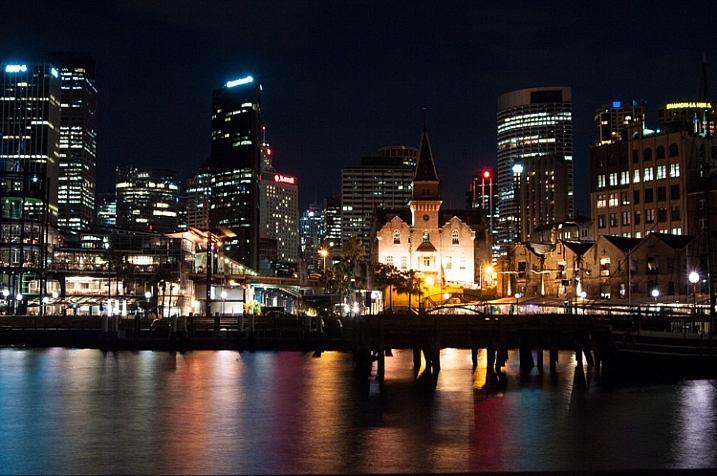
Why weight and size are important
The Tamron 28-200mm is lightweight at 12.5oz (354g), small for a zoom lens, and is only three inches tall. This makes it a little more discrete than some other lenses for street photography. Although since I am tall and have bright red hair, discretion isn’t something I value particularly highly.
I balance the weight of the lens with a battery grip, which carries a spare battery and a second set of controls. This grip helps me to hold the camera sideways to shot in portrait mode comfortably. It also balances the weight of the lens so the camera actually stands upright on a table, and despite the extra weight of the grip, it’s actually easier to carry for long periods of time.
The 28-200mm can be locked down for travelling, and when unlocked, it requires only a small rotation to go from 28mm all the way to 200mm. When it’s in its fully zoomed position it holds the zoom firmly, freeing me to use both hands to steady the camera. The aperture range for the lens starts at 3.8-5.6 (depending on how far you are zoomed) so there’s plenty of opportunity to capture images with a shallow depth of field, even at full zoom of 200mm.
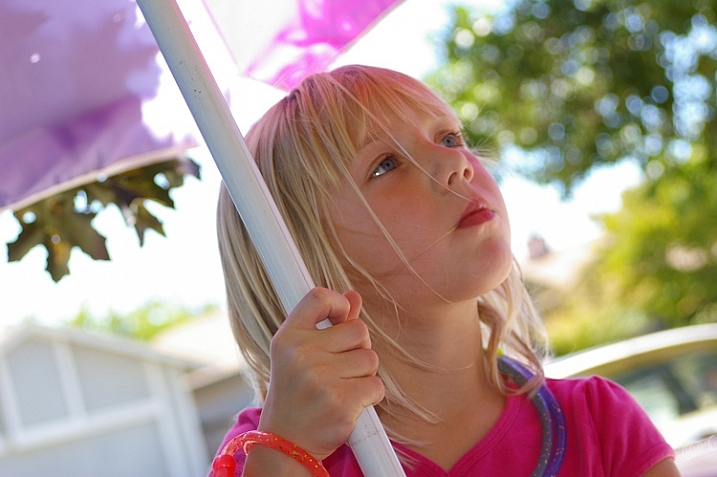
Alternative lenses
If there are times when I look beyond the 28-200mm for another lens it’s generally one that matches a specific circumstance, such as shooting in very low light. In those situations my 50mm f/1.4 is a good second choice lens. I also love my 17 mm fisheye for those occasional times when the scene can benefit from more creative composition.
However, the 28-200mm is my everyday lens. It is permanently affixed to my camera, and has been for 10 years or more. It’s a great all-round lens, and it’s also a sound and robust lens for use in situations that are not always particularly camera friendly. I’ve shot it in all sorts of weather including freezing cold, rain, and snow. The camera and lens have been jammed in backpacks and hand carried on buses, trams, trains and boats, both large and small. It’s been used in dusty conditions in central Australia, and has weathered the humidity of the tropics. It’s also been licked by a curious giraffe, and more than one lemur has mistaken it for a toy.
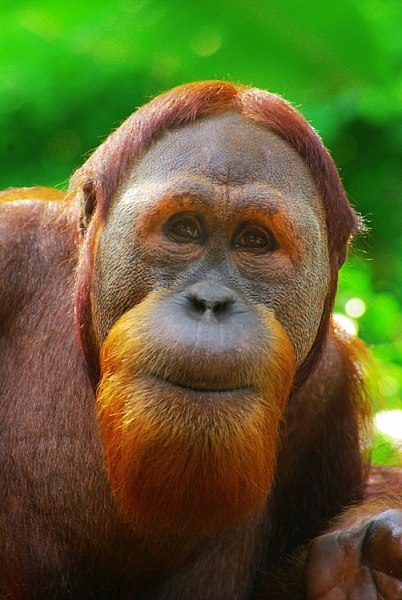
Why this lens works for me
This lens lets me do the two things I love – travel and shoot. I prefer to walk rather than drive, and I generally travel alone because, let’s face it, photographers make really bad travel companions. So, if I am in a foreign city, on foot by myself, I don’t want to be carrying a camera bag full of kit. I want to be comfortable, and that means not carrying a lot of bulky stuff. I want to be able to walk five or ten miles one day, and get up and do the same thing the next day, and feel good about what I am doing. This lens lets me do just that and, in my book, that’s a real plus.

Familiarity breeds speed and comfort
While I like to play with new lenses as much as the next photographer, there’s something to be said for a lens that you’ve used for so long. It’s easy to underestimate the relationship between a photographer and a lens they know so well. Because I’ve used this lens so consistently, for so long, when I pick it up I know instinctively the zoom I’ll need for the scene in front of me. It has become an extension of my body, and my familiarity with it allows me to shoot faster, with confidence, and that helps me to get the shot that I want. If I lost this particular lens I’d not only be very sad, but I’d also be out shopping for its replacement the very next day.

Could I buy a better lens? Yes! Of course. I could easily buy a really good lens, with better optics, which would shoot faster and sharper. But when it comes to weighing the comparative value of a round the world plane ticket and a really good (for this read expensive) lens – I’ll take the ticket and opt for the cheaper lens.
So, if you don’t have a large budget for lenses, and you want a good sound all-purpose lens, then spending a couple hundred dollars on a lens with a range like this one, to me, is a really smart investment.
Tech Specs:
- Tamron AF 28-200mm F3.8-5.6 XR Aspherical IF
- Minimum focus distance: 19″/49cm
- Weight: 12.5oz/354g
- Length: 3″/76mm
- Maximum aperture: 3.8 – 5.6
- Minimum aperture: 22
- Current Replacement Cost: around $ 199
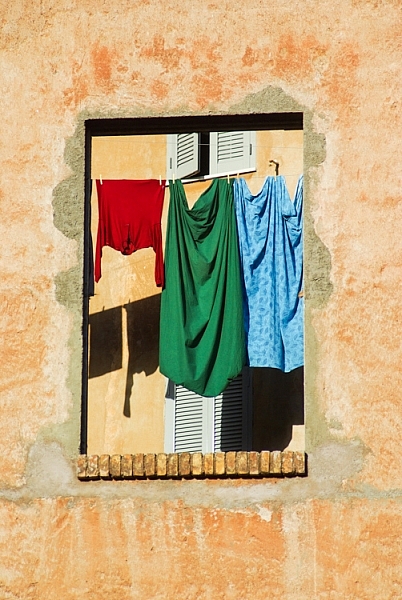
Rome – laundry – captured with a 28-200 tamron lens
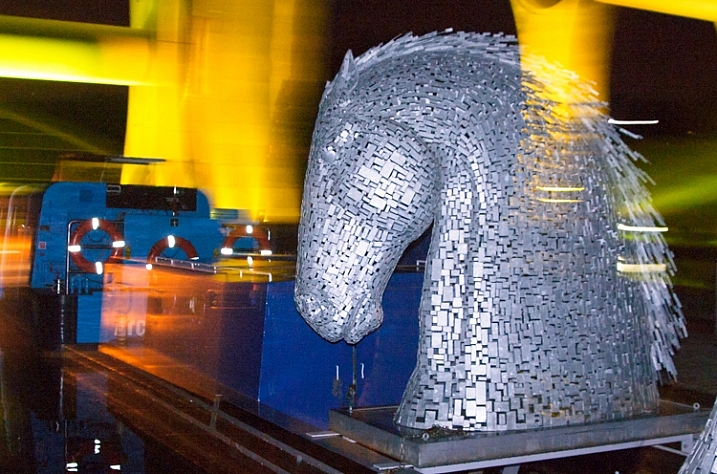
Kelpies, Falkirk Scotland shot with a Tamron 28-200 lens
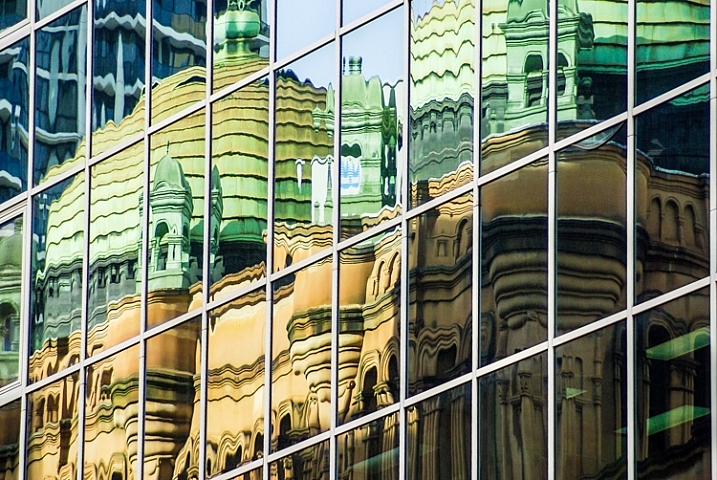
Queen Vic Building Sydney reflection – shot with a Tamron 28-200
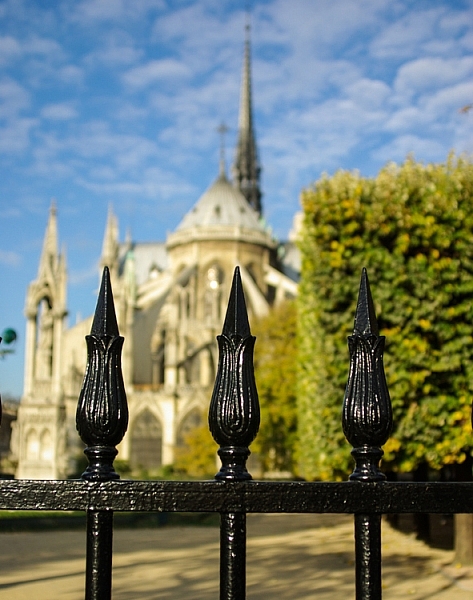
Notre Dame Paris shot with a Tamron 28-200 lens
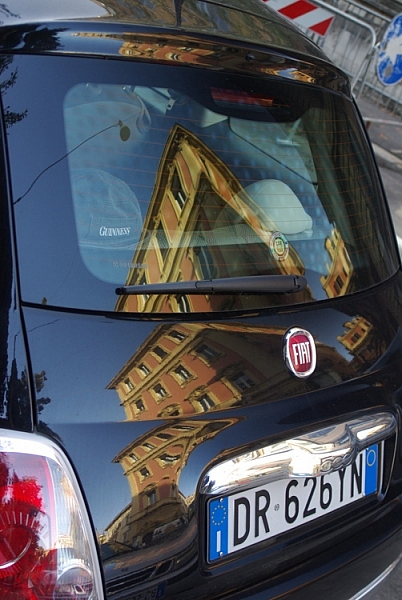
Rome reflection shot with a Tamron 28-200 lens
googletag.cmd.push(function() {
tablet_slots.push( googletag.defineSlot( “/1005424/_dPSv4_tab-all-article-bottom_(300×250)”, [300, 250], “pb-ad-78623” ).addService( googletag.pubads() ) ); } );
googletag.cmd.push(function() {
mobile_slots.push( googletag.defineSlot( “/1005424/_dPSv4_mob-all-article-bottom_(300×250)”, [300, 250], “pb-ad-78158” ).addService( googletag.pubads() ) ); } );
The post An oldie but a goodie – why the Tamron 28-200mm lens is my favorite by Helen Bradley appeared first on Digital Photography School.

Digital Photography School
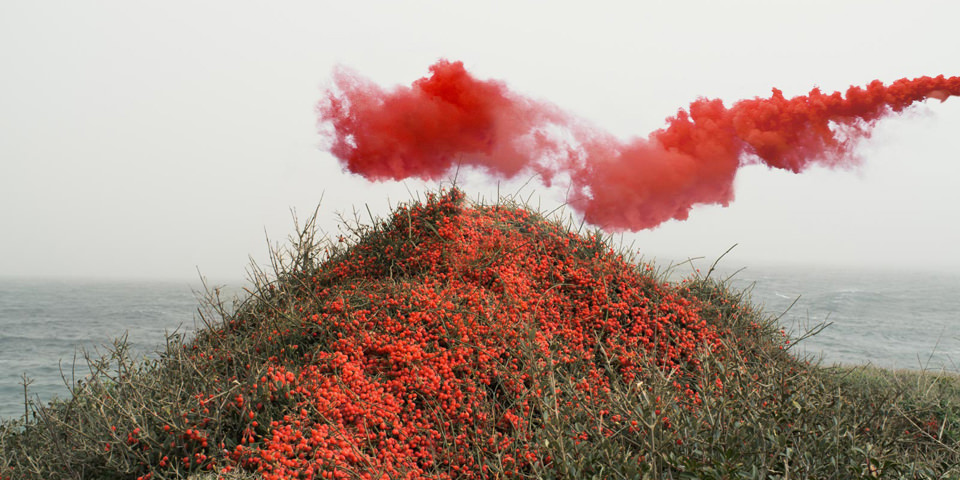
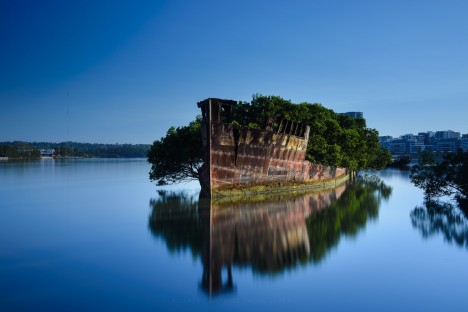
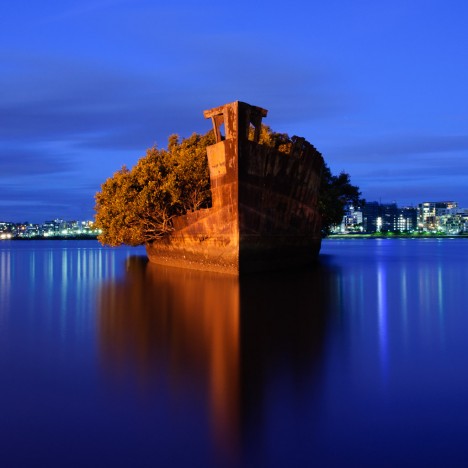

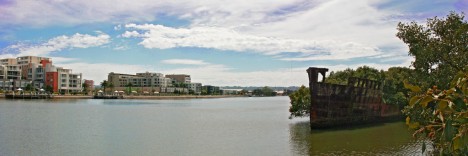
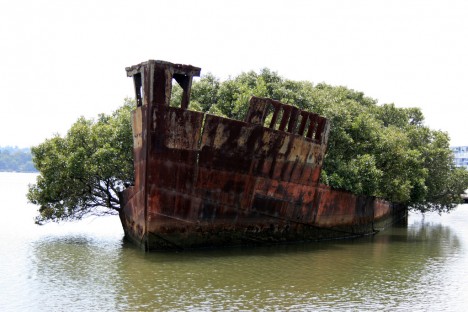
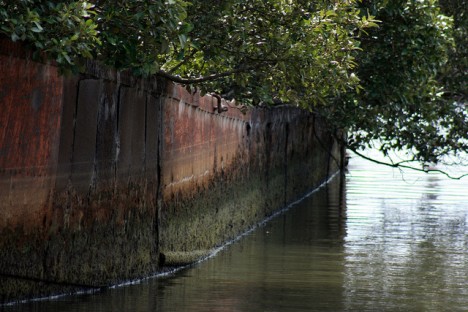
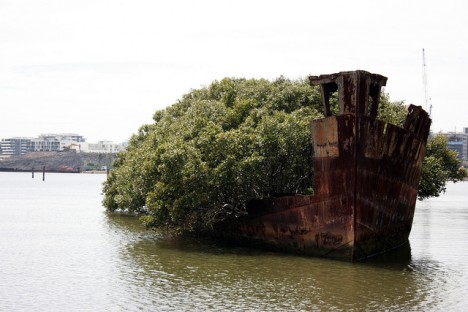
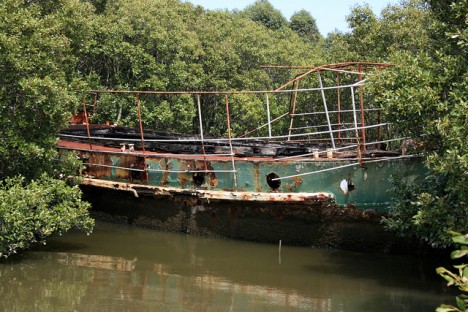




















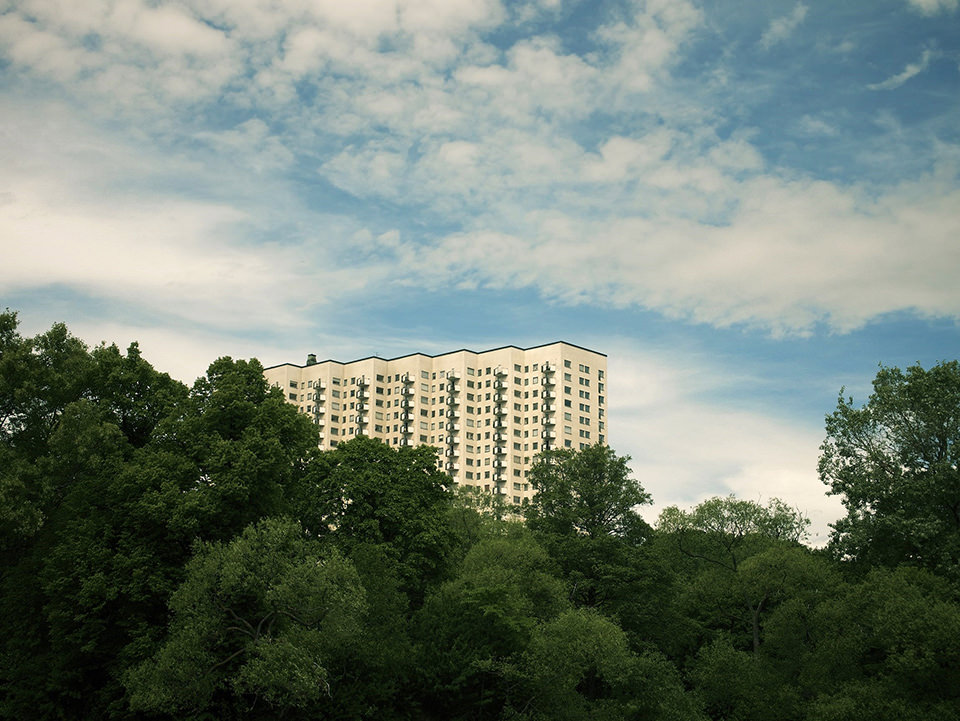
You must be logged in to post a comment.